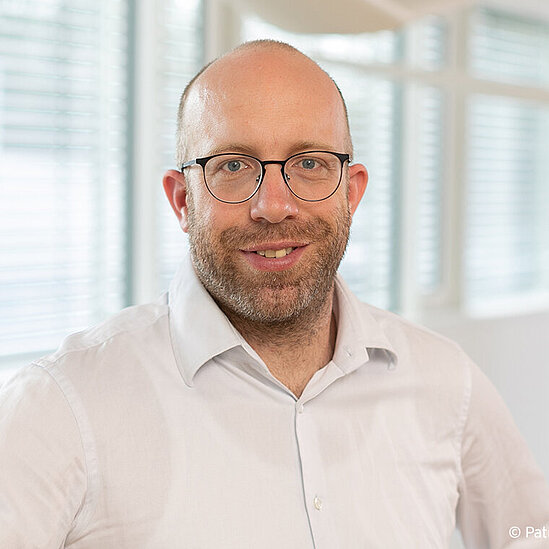Mikrobiome-Chip-Project
Microbiome precision editing, e.g., with CRISPR technology to manipulate microbes, is becoming a crucial strategy for the prevention of bacterial infections, especially infections caused by highly antibiotic-resistant bacteria. Such infections are a growing problem due to the global spread of epidermal bacterial pathogens. It is still a challenge to simulate complex microbiomes associated with humans. However, this is a prerequisite for the identification and validation of bacterial interaction strategies that could be used in the future for “microbiome editing” approaches aimed at eliminating harmful and promoting beneficial bacterial species. These beneficial microbes can produce antimicrobial substances that inhibit the growth of harmful pathogens. This helps reduce the risk of respiratory infections like the common cold, flu, or more severe infections such as bacterial pneumonia.
Through the long-term culture of human nasal mucosal tissue in combination with certain bacteria, this enables research into “microbiome-editing” approaches to combat antibiotic-resistant bacterial infections of the respiratory tract.
The aim of the Microbiome-Chip project is the development, characterization and application of a microbiome-nasal mucosal tissue-on-chip model, a microfluidic platform that enables the generation of human nasal mucosal tissue with physiological structure and function and its colonization with single microorganisms up to complex microbiomes.
So-called non-invasive microscopy methods, like Raman imaging, are to be established and combined with the models to be able to examine both microbiomes and tissue over longer cultivation periods without having to damage them by using laser-based imaging (phototoxicity) or even terminating the experiment to retrieve cells for further analysis. The aim is to demonstrate the applicability of the model for the development of “microbiome-editing” approaches to combat antibiotic-resistant bacterial infections of the respiratory tract.
Three major obstacles hinder current research on the human microbiome and its interaction with the host environment: experimental in vivo human interventions are associated with unacceptable risks; static in vitro culture of human cells is rather primitive and does not reflect in vivo tissues and their dynamics; and non-human animal models are not directly comparable to humans due to biological, genetic, and environmental differences, model systems capable of recapitulating the interactions of microbiome and human tissue with physiological structure and function as well as aspects of immune response are of paramount importance to increase the success rates of implementation. Over the past decade, organ-on-chip (OoC) technology has emerged as a promising platform for generating microphysiological tissue models that mimic functional units of organs. By integrating 3D co-cultures of relevant cell types into physiological microenvironments with vessel-like blood flow, OoCs enable the investigation of communication between individual cells, tissue components or entire tissues.
Partner:
Projectlead

Prof. Dr. Peter Loskill
Next Generation Cellular and Organotypic Assays
Speaker
Scientific Coordination





